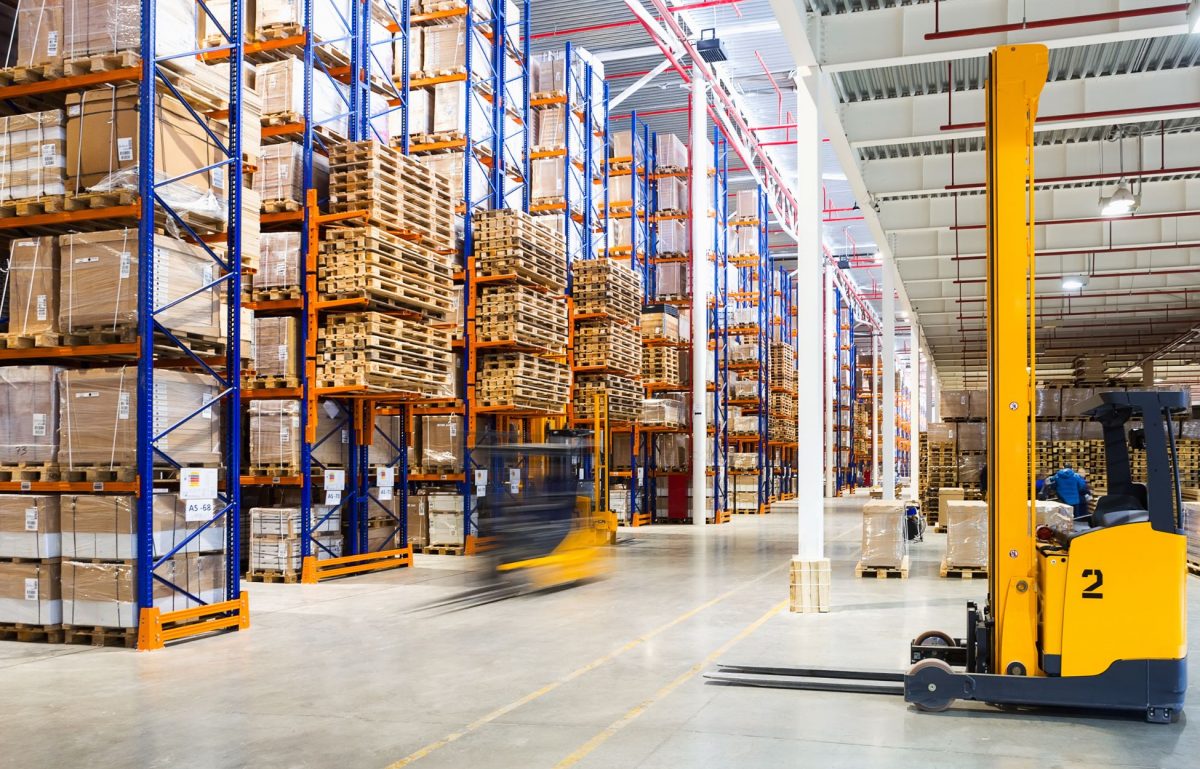When you own or manage a warehouse, having the right equipment ensures your facility runs smoothly. Good equipment can differentiate between an efficient warehouse operation and a chaotic one.
Many different types of warehouse equipment are available, and it can be difficult to know which items are essential for your specific needs. However, there are some general pieces of warehouse equipment that you should add to your facility to help improve your overall operation.
Forklifts
Forklifts are one of the most important pieces of warehouse equipment. They suit various tasks, including loading and unloading trucks, moving pallets around the warehouse, and picking orders. You will likely have a significantly slower workforce if you do not have a forklift at your facility.
Many different types of forklifts are on the market, so it is crucial to choose the right one for your needs. If you were using your forklift primarily for loading and unloading trucks, a sit-down counterbalance forklift would be a good option. A stand-up narrow aisle forklift will be better if you need one that can maneuver in tight spaces.
Pallet Racks
Pallet racks are another essential piece of warehouse equipment. They can store pallets of products, and they come in various sizes and styles.
Selecting the right type of pallet rack for your needs is essential. If you need to store heavy pallets, you will need a rack to support the weight. If you have a lot of space available, you may want to get a drive-in rack, which can store more pallets than a standard pallet rack.
Warehouse Shelving
Warehouse shelving is also important for storing products and materials. It is available in various sizes and styles, allowing you to find the perfect shelving for your needs.
Buying warehouse shelving can be a big investment, so it is crucial to know your specifications before making a purchase. Measure the available space and consider how much weight the shelving will need to support.
Conveyor Belts
Conveyor belts work well in warehouses for various tasks, such as moving products from one area to another or transporting products to and from trucks. They can be a great way to improve the efficiency of your warehouse operation.
When choosing a conveyor belt for your warehouse, you must consider the type of products you will transport. Heavy products require a sturdier belt, while you can transport smaller products on a lighter-duty belt. You will also need to decide on the length and width of the conveyor belt.
Adding the right warehouse equipment to your facility can help improve your overall operation. Be sure to consider your needs before making any purchase decisions. With the right equipment, you can streamline your workflow and make your warehouse more efficient.













